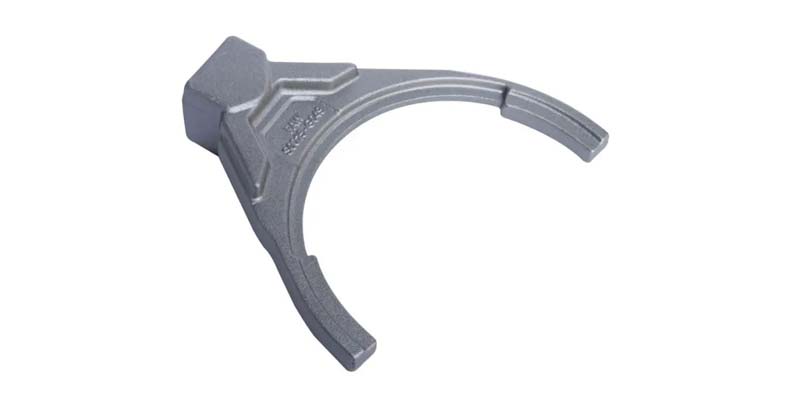- Contact Innally, Let you purchase forgings in China more favorable prices, products more assured!
- Hotline:+(86)15038323776 Email:innally@innally.com
How to solve common problems in tool forging production?
- Category: Metal forging, Titanium alloy forging
- |
- Date: 28/11/2023
to solve the common problems in the production of tool forgings, we need to start from many aspects, including design, raw material selection, production process, heat treatment process and so on. By taking the corresponding measures and methods, the quality and performance of tool forging can be effectively improved, and the production cost and time can be reduced.
Product Details
There may be some common problems in the production of tool forging, such as cracks, deformation, rough surface and so on. These problems will not only affect the quality and performance of forgings, but also increase production costs and time. Therefore, solving the common problems in tool forging production is of great significance to improve production efficiency and product quality.
The following are some measures to solve common problems in tool forging production:
Crack prevention: Crack is one of the common problems in tool forging production. In order to prevent the occurrence of cracks, the following points need to be noted:
Reasonable design of forging process to avoid local stress concentration; Select appropriate raw materials to ensure that they have sufficient strength and toughness; Control the heating and cooling speed to avoid material cracking due to rapid temperature change; Avoid leaving sharp corners or knife marks during processing.

Reduce deformation: Deformation is also one of the common problems in the production of tool forgings. In order to reduce deformation, it is necessary to pay attention to the following points: ensure the accuracy and stability of the mold during the forging process to avoid deformation caused by mold problems;
Reasonable selection of forging equipment and process parameters to avoid deformation caused by equipment or process problems; Control the machining allowance and cutting force during the machining process to avoid deformation caused by excessive cutting force.
Improve surface roughness: Surface roughness is an important indicator of tool forging, which directly affects the performance and appearance quality of forgings. To improve the surface roughness,
It is necessary to pay attention to the following points: maintain the finish and accuracy of the mold during the forging process to avoid the surface roughness caused by mold problems; Reasonable selection of cutting fluid and cutting parameters to improve the stability of cutting process; Control machining allowance and cutting force during machining to avoid surface roughness caused by excessive cutting force.
Optimize heat treatment process: Heat treatment is an important link in the production of tool forgings, which directly affects the hardness and strength of forgings. To optimize the heat treatment process,
Need to pay attention to the following points: according to the raw materials and process requirements to choose the appropriate heat treatment process parameters; Control the heating and cooling speed to avoid cracking or deformation of the material due to rapid temperature change; Maintain stable ambient temperature and atmosphere conditions during heat treatment.
In short, to solve the common problems in the production of tool forgings, we need to start from many aspects, including design, raw material selection, production process, heat treatment process and so on. By taking the corresponding measures and methods, the quality and performance of tool forging can be effectively improved, and the production cost and time can be reduced.
nannan
INNALLY mainly provides you with various types of cast and forged parts products. Welcome your inquiries! innally@innally.com
Related Products
Search
Forging center
- Steel forgings
- Aluminium alloy forging
- Titanium alloy forging
- Stainless steel forging
- Copper forging
- Automotive forgings
- Locomotive forging
- Bicycle forgings
- Motorcycle forging
- Rigging and fasteners
- Bearing forging
- Electric power fittings
- Marine forging
- Mechanical forgings for metalworking
- Mining machinery forgings
- Marine engineering forgings
- Construction machinery forgings
Popular product

© 2025. All Rights Reserved.






